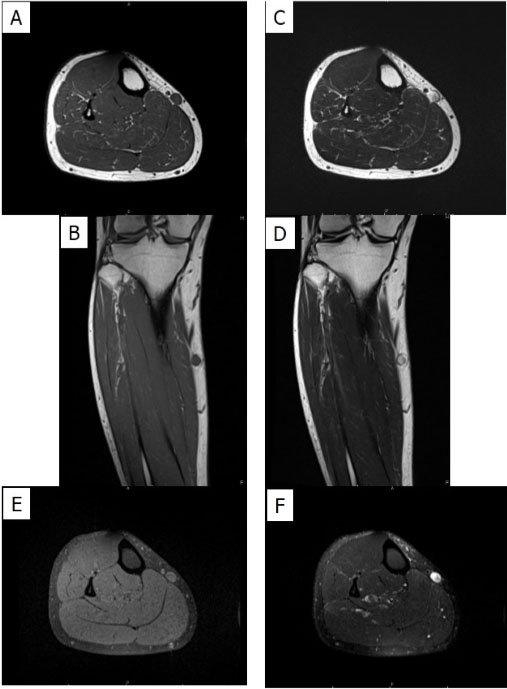 |
Case Report
A case of poorly differentiated carcinoma of the palpebral conjunctiva and its pathological dilemma
1 Resident, Department of Ophthalmology and Visual Sciences, University of Louisville School of Medicine, Louisville, Kentucky, United States
2 Chair, Department of Pathology and Laboratory Medicine, University of Louisville School of Medicine, Louisville, Kentucky, United States
3 Associate Professor, Department of Ophthalmology and Visual Sciences, University of Louisville School of Medicine, Louisville, Kentucky, United States
Address correspondence to:
S Elizabeth Dugan
550 S. Jackson St., 3rd Floor, Ste. A3K00, Louisville, Kentucky,
United States
Message to Corresponding Author
Article ID: 100065Z11SD2022
Access full text article on other devices

Access PDF of article on other devices

How to cite this article
Dugan SE, Hattab EM, Clark JD. A case of poorly differentiated carcinoma of the palpebral conjunctiva and its pathological dilemma. J Case Rep Images Pathol 2022;8(2):12–16.ABSTRACT
Introduction: The differential diagnosis of advanced eyelid carcinoma includes squamous cell carcinoma and sebaceous gland carcinoma. Both carcinomas predominantly affect older adults, and they have the potential for aggressive local invasion and recurrence. We report a case of a 79-year-old woman who presented with a poorly differentiated eyelid mass diagnosed as a carcinoma, which staining could not distinguish definitively, and reconstructed with amniotic membrane graft AMNIOGARD.
Case Report: A 79-year-old woman reported a 6-week history of a rapidly enlarging right lower eyelid mass of the conjunctiva that was previously diagnosed as a poorly differentiated carcinoma, incompletely excised. The patient later complained of enlarged lymph nodes of her right preauricular region for which she underwent biopsy, and these nodes were identical in morphology to her conjunctiva and eyelid lesion. Given the aggressive nature of this lesion, the patient decided on further resection with margin evaluation. We proceeded with right lower lid lesion excisional biopsy and fornix reconstruction. Pathologic examination showed an ulcerated polypoid tumor arising in the conjunctiva with numerous infiltrative nests embedded in desmoplastic stroma, with prominent lymphocytic infiltrate. The overall immunoprofile was not entirely specific and does not reliably differentiate between squamous cell carcinoma (SCC) and sebaceous gland carcinoma (SGC).
Conclusion: Both carcinomas in the differential diagnosis commonly affect older adult patients and have the potential for aggressive local invasion and metastasis. Distinguishing between these two diagnoses can be accomplished with immunostaining for androgen receptor (AR) and adipophilin if the neoplasm is well-differentiated. In this case of poorly differentiated carcinoma, however, these staining techniques are not reliable enough to make a definitive diagnosis.
Keywords: Eyelid carcinoma, Poorly differentiated carcinoma, Sebaceous gland carcinoma, Squamous cell carcinoma
SUPPORTING INFORMATION
Author Contributions
S Elizabeth Dugan - Acquisition of data, Drafting the work, Revising the work critically for important intellectual content, Final approval of the version to be published, Agree to be accountable for all aspects of the work in ensuring that questions related to the accuracy or integrity of any part of the work are appropriately investigated and resolved.
Eyas M Hattab - Analysis of data, Revising the work critically for important intellectual content, Final approval of the version to be published, Agree to be accountable for all aspects of the work in ensuring that questions related to the accuracy or integrity of any part of the work are appropriately investigated and resolved.
Jeremy D Clark - Conception of the work, Design of the work, Acquisition of data, Analysis of data, Revising the work critically for important intellectual content, Final approval of the version to be published, Agree to be accountable for all aspects of the work in ensuring that questions related to the accuracy or integrity of any part of the work are appropriately investigated and resolved.
Guarantor of SubmissionThe corresponding author is the guarantor of submission
Source of SupportNone
Consent StatementWritten informed consent was obtained from the patient for publication of this article.
Data AvailabilityAll relevant data are within the paper and its Supporting Information files.
Conflict of InterestAuthors declare no conflict of interest.
Copyright© 2022 S Elizabeth Dugan et al. This article is distributed under the terms of Creative Commons Attribution License which permits unrestricted use, distribution and reproduction in any medium provided the original author(s) and original publisher are properly credited. Please see the copyright policy on the journal website for more information.





